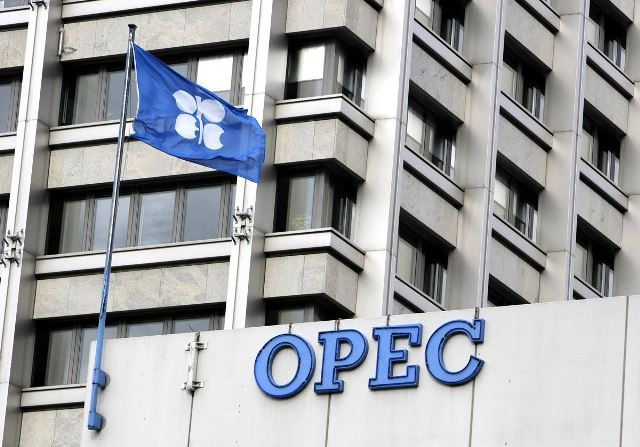The Organisation of Petroleum Exporting Countries (OPEC) has stated that with all existing market dynamics at play, the global oil supply market could have 240 million barrels of emergency crude oil in the next six months.
It came against the background of pressure from the United States and its allies on the organization to ramp up global supply and indications that the cartel would supply plan unchanged during today’s meeting.
Speaking at the opening of the 62nd meeting of the Joint Technical Committee (JTC), meant to review oil market developments ahead of the conference, OPEC Secretary-General, Dr. Sanusi Barkindo, maintained that the current non-fundamentals driving oil prices were beyond the body’s control.
Sanusi noted that the Covid-19 pandemic remained with the world, as had been evident most recently with lockdowns across China, impacting transportation fuels and petrochemical feedstock.
He further highlighted the implications and the possible far-reaching consequences of the conflict between Russia and Ukraine, which he said had compounded the uncertainties, leading to further economic volatility and elevated risk premiums for oil.
“The crises we face are causing huge volatility, with daily price swings of more than $5/b occurring on 13 occasions across March and April.
“I must point out, however, that the non-fundamental factors are elements that we as producers have no control over. What we can do is what we have always done – and that is to continue collaborating through DoC actions to help support market stability and economic growth,” he stated.
Recalling the month of April 2020, Barkindo described it as perhaps the darkest and most sudden downturn in the history of the oil industry when global oil demand dropped by more than 20 million barrels a day (mb/d), and industries and populations locked down.
The Nigerian-born Barkindo reiterated that from the oil market perspective, what was clear was that Russia’s oil and other liquids exports of more than seven mb/d cannot be made up from elsewhere. “The spare capacity just does not exist,” he stated. The statement was not unconnected to the demand from the West that Russia’s oil and gas should be cut off.
He urged global leaders to continue to support the type of multilateralism exhibited in the deal that returned some semblance of stability to the market in 2020 to ensure an unhindered, stable, and secure flow of energy to the whole world.
According to him, the events and challenges the world currently face are fluid and constantly evolving, promising that OPEC will continue to monitor events.
Barkindo added that the assessment for 2022 had dropped from 4.2 percent to 3.9 percent, taking into account the implications of the conflict in Ukraine and the ongoing effects of the pandemic.
“Global oil demand growth for 2021 remains similar to last month, at 5.7 mb/d, but 2022 growth has been revised down by 0.5 mb/d to stand at 3.7 mb/d. This mostly reflects the downward revision in world economic growth,” he stressed.
He confirmed that the latest data showed that OPEC production conformity levels reached 157 percent in March and stood at 113 percent overall since May 2020.
“As of March 2022, participating countries were producing 2.37 mb more on a daily basis than in August of 2021. Some countries continue to produce under their agreed levels, with the shortfall at 1.45 mb/d in March,” Barkindo said.
He urged members to be cognisant that commitments for the emergency release of oil stocks from International Energy Agency (IEA) members amount to 120 million barrels to be released over six months.
“The US has agreed to contribute about 60 million barrels to this, part of a larger drawdown from its Strategic Petroleum Reserve (SPR) announced on 31 March.
“Taken together, over the next six months, there could potentially be around 240 million barrels of emergency oil stocks, the equivalent of over 1 mb/d for a period of eight months, made available to the global market,” he stated.
On the energy transition debate, Barkindo noted that what had been learned in the last few months was that it was not about moving from one energy to another but about utilizing all available energies and understanding the energy security dimension of the future to enable the necessary investments.
“This was highlighted last month by US investment bank, JP Morgan, in its first annual energy outlook. The world needs to find $1.3 trillion of incremental investment by 2030 to boost energy output and infrastructure, from renewables to oil and gas, to avoid an energy crunch.
“What we are seeing is a wake-up call to all stakeholders. We need to ensure there is a clear pathway for all energy investments. Sustained investment in oil is required if we are to expand production and ensure adequate spare capacity, a vital cog in the oil market landscape,” Barkindo argued.














